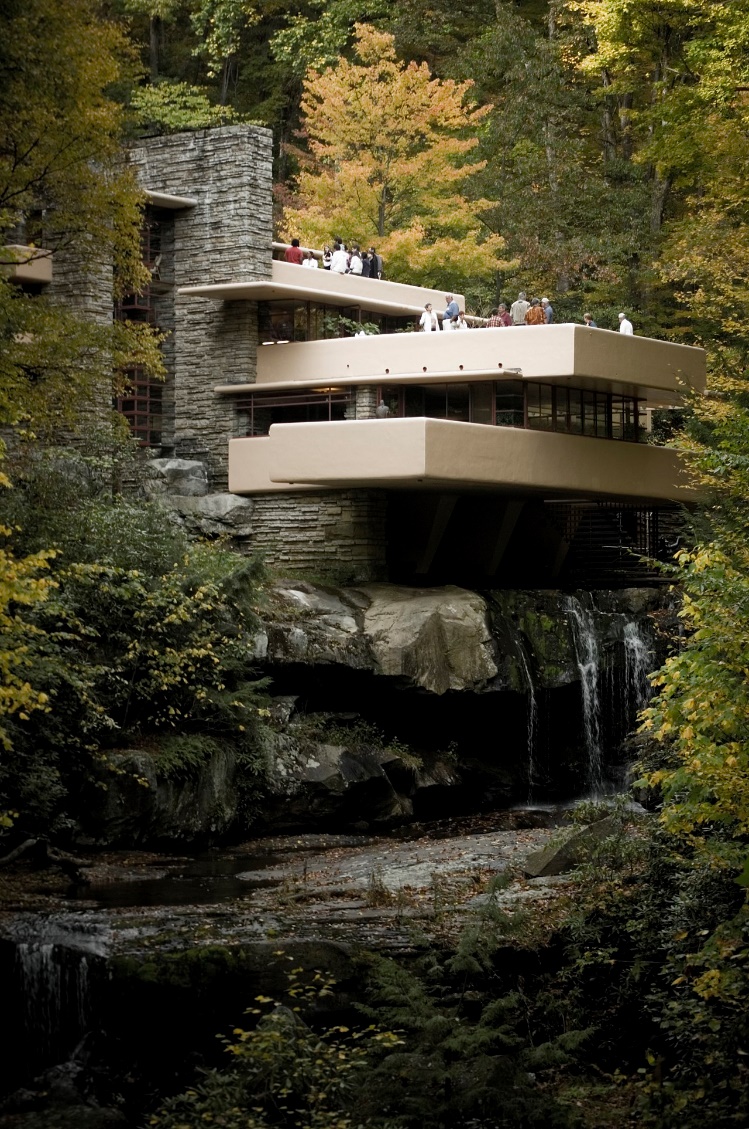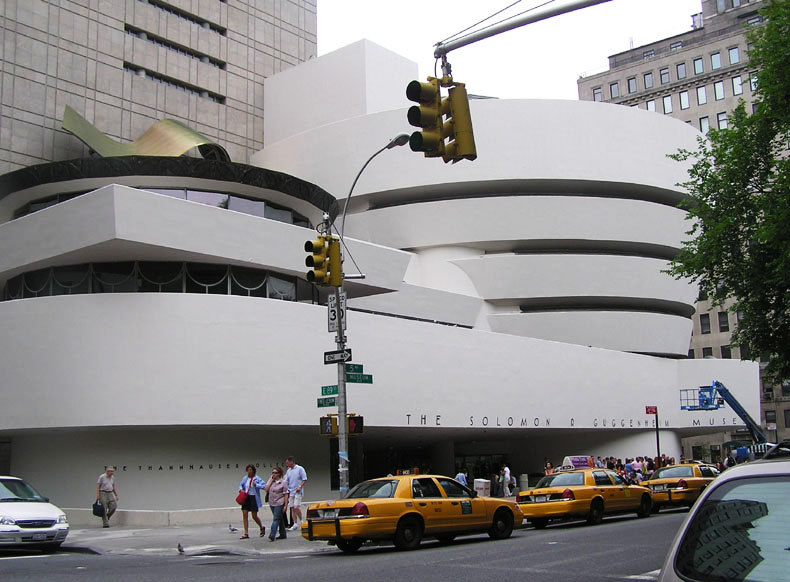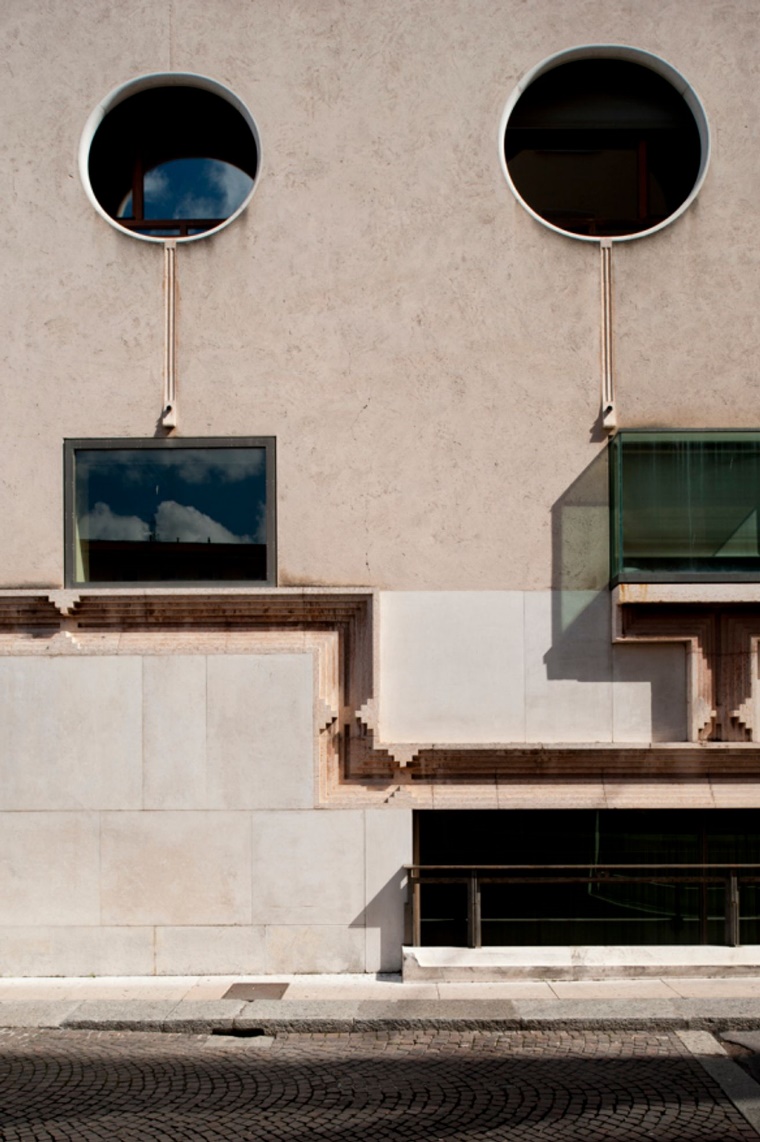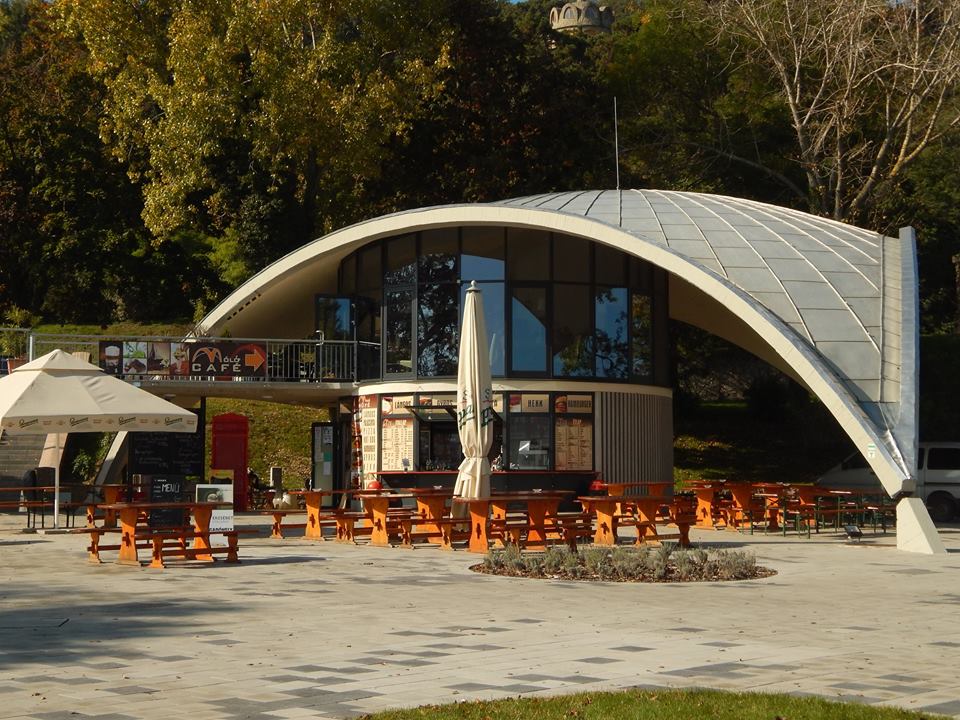Form, Function and Structure in Ancient and Modern Architecture
Form, Function and Structure in Ancient and Modern Architecture
When we talk about Architecture, especially contemporary or mid-century architecture, the shapes and forms, the aesthetic, stunning, timeless, and clean appearance, are among the most important aspects of the building we want to create with our design. However, the aesthetic appearance was not always the most important part of our built environment.
As we go back to the beginning, at some point in human evolution it became an important, lifesaving task for our ancestors to build some temporary or later permanent shelter. Using any available materials, large animal bones, skins, leaves, grass, earth, or mud to create protection from night predators, cold, or rain, the first shelter’s only requirement was their functionality. Finding, and making tools helped them to harvest, access, and use more readily available or stronger, longer-lasting materials like wood and stone. Countless repetitions and learning from their mistakes showed them how to put together, connect, or secure building materials over each other to make the shelter stronger, longer lasting, or even the opposite making it easier to carry, assemble, and disassemble. This led to the discovery of several different construction methods and eventually the shelter/building structures. Now we have two ingredients already: the “Function” and the “Structure”, and we only need the last one to talk about architecture: the “Form”.
The form or aesthetic was the least important part for the early shelter builders. An African boma could have been the ugliest creation visually if its construction could keep lions, leopard, hyenas, or elephants and their ancestors away.


An igloo that an Inuit tribe member could build within hours to keep them alive during a winter storm does not need to be pretty. It had to be strong enough to keep winds outside and warmth inside to keep the occupants alive. Later the city wall’s structural integrity was far more important than its aesthetic value. If the enemy could climb over it or destroy the city wall it would be devastating for the entire population of the city. Whatever we build we need to think of the Function, the Structure (or construction method), and the Form.
When a tribe, a group of people, or a civilization could defend itself from outside dangers and begin to flourish, they were able to produce some surplus of food, tools, and materials, and these extra resources could lead to new knowledge, time for decoration and later different other kind of arts. Unfortunately, lots of countries around the world still do not produce enough surpluses so they still need to spend most of their time to provide their everyday needs to survive. The lack of extra time and energy prevents them from developing their knowledge and economy fast enough to join the leading economies of the world.
On the other hand, archeologists have found amazing built examples of successful ancient civilizations from the 12,000 years old Göbelki Tepe, Turkey to the Egyptian or Mayan Pyramids or Stonehenge in England.

Almost all of them are stone structures. It is interesting to see the large number of rounded, oval, or circular-shaped footprints of these early buildings. It is possible that these ancient builders had knowledge or experience with forms and surface areas with the smallest perimeter for the same inside area of the footprint. The roof support was mostly large monolithic stone structures and most likely other already diminished wood structures. During the golden age of the ancient Greek civilizations, the monolithic columns were sometimes replaced with drum columns and smaller beams on top of them.
The early beehive tombs around 6,000 BCE also shared the same circular footprints. Their ceiling or roof construction used a new, “false dome construction created by corbelling, the superposition of successively smaller rings of mudbricks or, more often, stones”. This was the first attempt to overcome the limitations of the column/beam or lintel constructions requiring close placement of columns. The first real barrel vault constructions appeared in Egypt and Assyria around 3,000 BCE. Those early examples were much smaller (about 10’ to 20’ span) than the famous Roman arches of the aqueducts, the vaulted ceilings of the public bath buildings (up to79’ span) and the dome of the Pantheon (142’ diameter).

The intricate geometry of the rib and fan vault ceilings of the Gothic cathedrals are one of the most artistic representations of the ceiling/roof structures until modern times.
With the discovery and widespread use of new materials and construction methods, a new architectural style emerged from the ashes of our civilization after World War II. The strength, stability, and flexibility of steel-reinforced concrete structures created new possibilities that have never been seen before. Long cantilevered straight lines, simple and complex geometric shapes manifested in new buildings using this new material (Waterfall House and the Guggenheim Museum – Frank Lloyd Write).



(Sidney Opera House – Jørn Utzon and Peter Hall)

(Roof of the Palazzetto dello Sport Arena – Luigi Nervi, Banca Popolare Di Verona facade – Carlo Scarpa)


(Molo Café Tihany, Hungary)
You Might Also Like
When is a House…a HOME?
Part 2 of Building Our House After decades in the architectural field—over 40 years, to be exact—I’ve come to realize a truth that might sound surprising coming from someone who’s designed hundreds of residential buildings: [...]
Hurricane Hardening
Hurricane Hardening The following are items that CMSA counsels their barrier island and waterfront clients to implement on their new construction and renovation projects: Assess existing site conditions and whenever possible and appropriate, site the [...]
Getting to Know Rick Oswald: President of CMSA Architects
If you’ve had the pleasure of working with CMSA Architects, chances are you’ve crossed paths with our President, Rick Oswald. With a rich background in architecture and a creative spirit that’s hard to miss, Rick [...]
Behind the Design: Life as an Office Manager
What keeps the vibrant creative world of an architecture firm thriving from the shadows? An Office Manager. Serving as the central linchpin, they ensure the architects focus on their craft, unimpeded by the myriad operations [...]
Form, Function and Structure in Ancient and Modern Architecture
When we talk about Architecture, especially contemporary or mid-century architecture, the shapes and forms, the aesthetic, stunning, timeless, and clean appearance, are among the most important aspects of the building we want to create [...]



